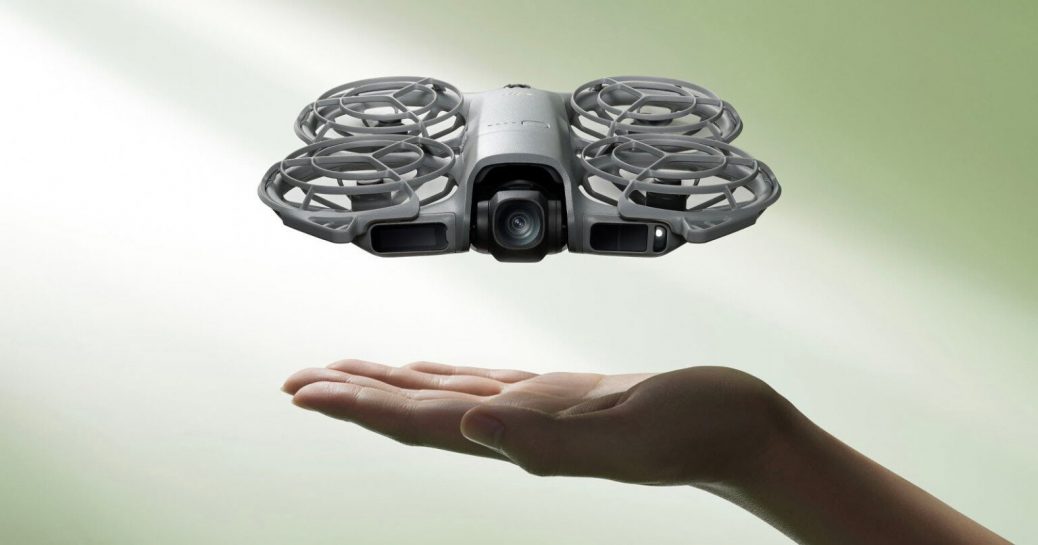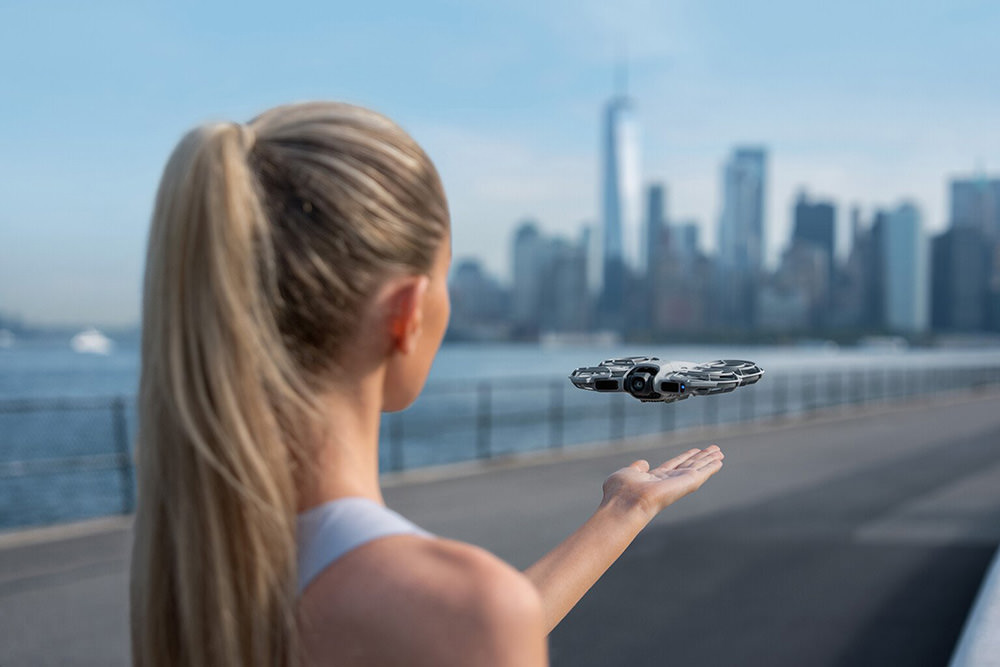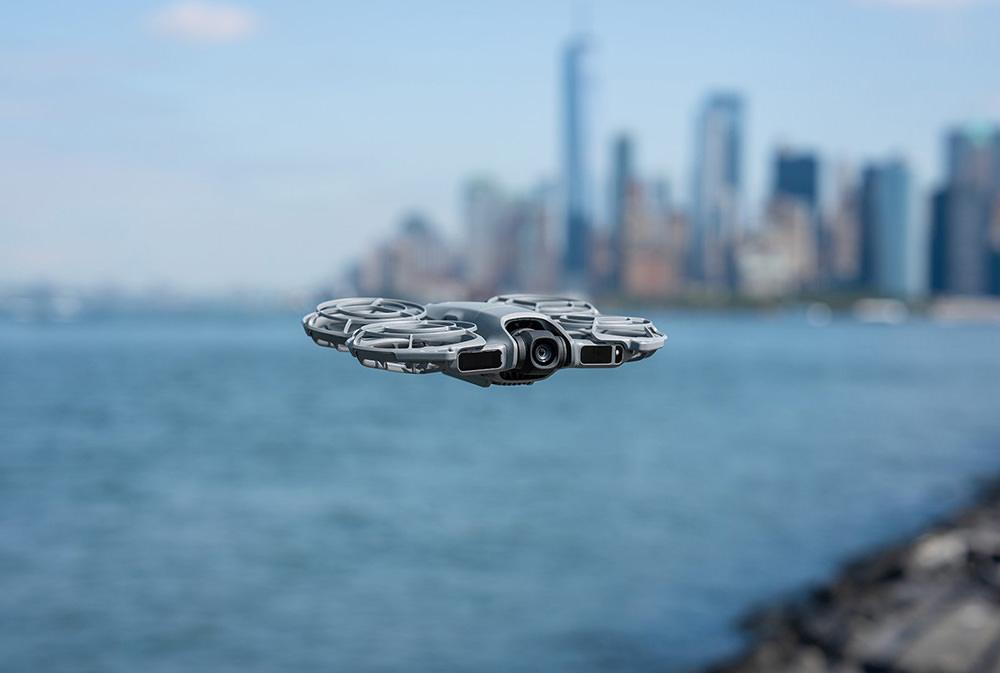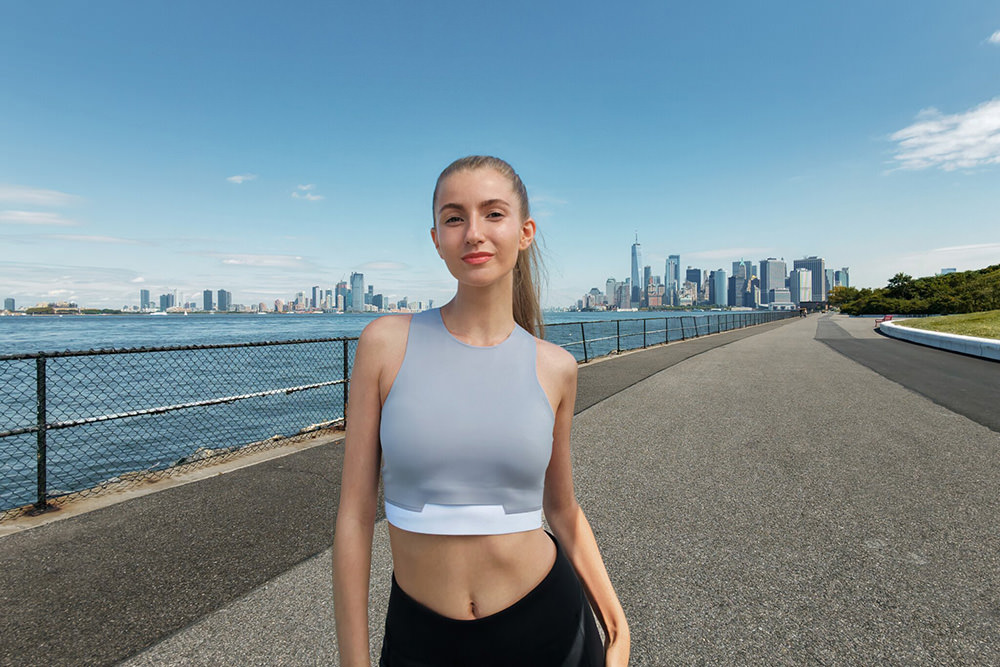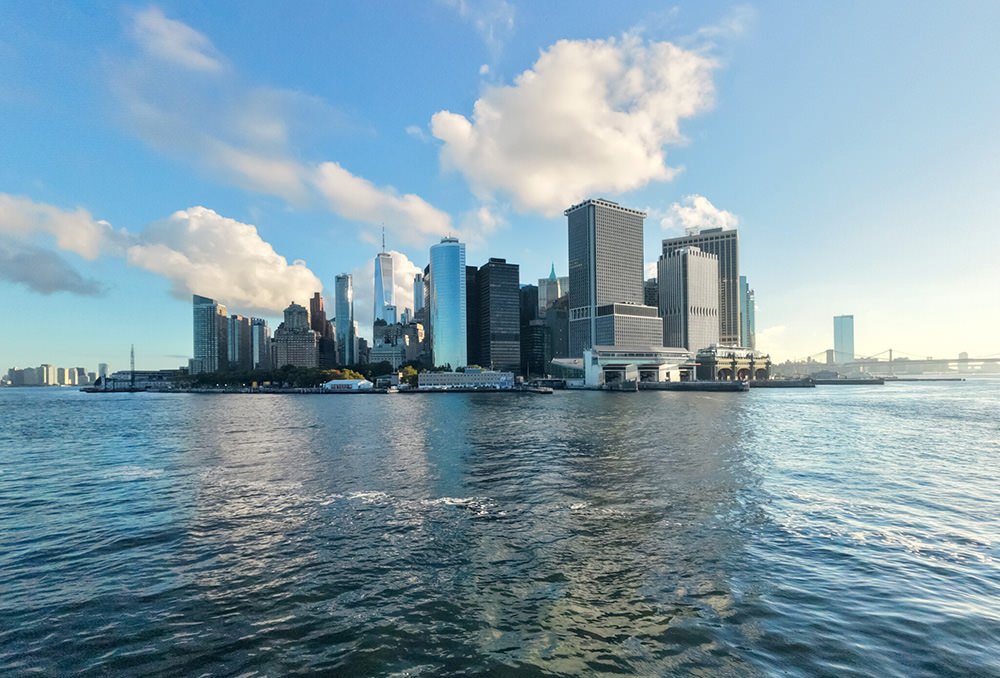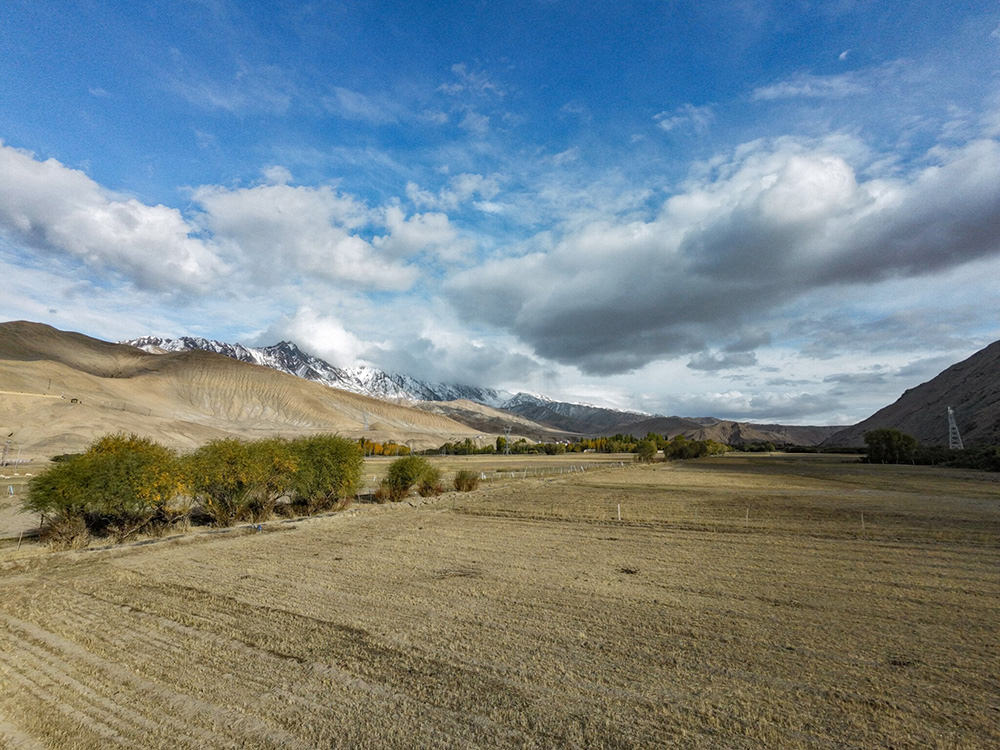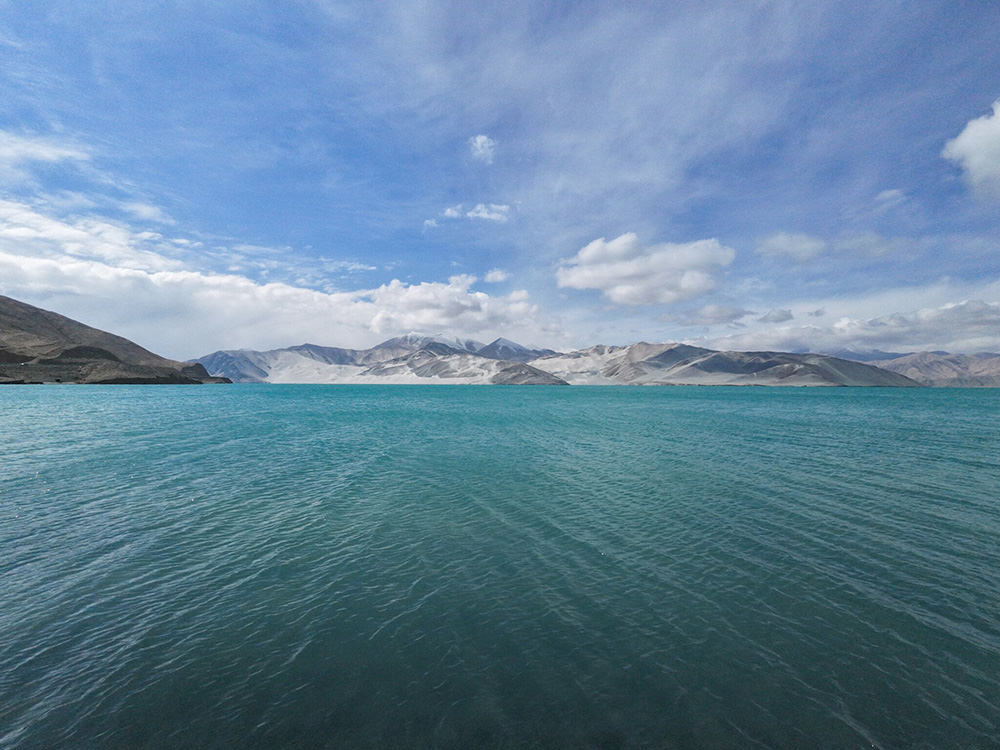DJI Launches Neo 2 Drone
DJI has introduced the Neo 2, a lightweight 151-gram drone that replaces the original Nano-class model with a substantially revised design. The new version adds omnidirectional obstacle sensing through a monocular vision system, forward-facing LiDAR, and downward infrared sensors, addressing the first generation’s lack of environmental awareness.
The LiDAR module measures distances from 0.3 to 8 meters within a 60-degree field of view, while the vision system detects obstacles from 0.5 to 15 meters in all directions. This allows the drone to execute automated flight modes without requiring constant manual supervision and improves stability when flying over water, snow, building edges, or other surfaces that previously caused drift. The Neo 2 also increases tracking performance, reaching 12 meters per second, compared to the earlier 8 meters per second limit. The Chinese company has adjusted the tracking algorithms to handle cycling and intermediate skiing, maintaining subject lock during abrupt direction changes. Gesture controls allow the user to reposition the drone laterally or vertically with a single hand and adjust distance using both hands without interrupting flight. Subject switching is also possible through gesture recognition, and the drone can return automatically to the user’s palm when prompted.
Image capture is based on the same 12-megapixel 1/2-inch CMOS sensor used in the previous model, now paired with a two-axis mechanical gimbal that stabilizes tilt and roll. Tilt ranges from 90 to 70 degrees with a maximum adjustment speed of 100 degrees per second, supported by electronic stabilization. Video output reaches 4K at up to 100 frames per second, with 60 frames per second recording possible over Wi-Fi in a 4:3 format. Vertical recording now reaches 2.7K resolution, significantly higher than the 1080p vertical mode of the earlier drone. The maximum bitrate reaches 80 Mbps, and all files are recorded in MP4. Still photography remains limited to 12-megapixel JPEG capture in either 4:3 or 16:9 formats.
A new SelfieShot mode automates composition for individuals or groups, offering waist-up, full-body, and wide-angle framing options. Portrait optimization adjusts facial brightness, contrast, and skin tone during tracking in ActiveTrack, QuickShots, or automated selfie modes. QuickShots include established movements such as Dronie, Rocket, Circle, Boomerang, and MasterShots, and the Neo 2 adds a dolly-zoom effect for perspective shifting. Voice Control 2.0 enables basic commands when paired with a smartphone or Bluetooth earphones, allowing operation during activities such as cycling.
The drone incorporates a front display showing flight or recording mode, replacing the LED-based indications of the earlier model. Internal storage increases from 22 to 49 gigabytes, enabling approximately 105 minutes of 4K/60 footage before requiring offloading: the system relies solely on internal storage, with no microSD expansion. QuickTransfer using Wi-Fi 6 provides up to 80 MB/s transfer speeds. The 1606 mAh battery charges in roughly 70 minutes via USB-C and can be charged in groups of three using the two-way hub when powered by a 60-watt adapter.
The standard configuration operates over Wi-Fi with an effective range of approximately 500 meters. An optional digital transceiver enables the O4 transmission system, extending range to 10 kilometers under FCC rules and 6 kilometers under CE, SRRC, or MIC standards. With O4 equipped, the Neo 2 supports 1080p live view at up to 100 frames per second when paired with DJI Goggles 3 at minimal latency. It is also compatible with RC-N3, RC-N2, and RC 2 controllers, as well as motion-based FPV controllers for immersive flight.
Here are few sample pictures, courtesy of DJI:
DJI offers several purchasing configurations outside the United States, where the drone is not launching due to ongoing regulatory constraints. The base package includes the drone and one battery. Higher-tier bundles add multiple batteries, the charging hub, the RC-N3 controller, or FPV goggles with motion control. Prices begin at £209 or €239 for the drone-only package, with higher bundles scaling correspondingly.

